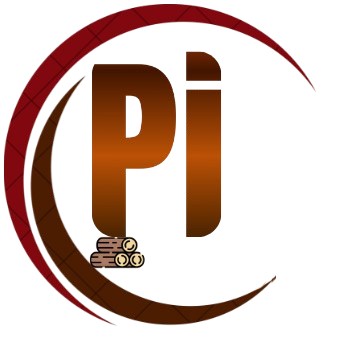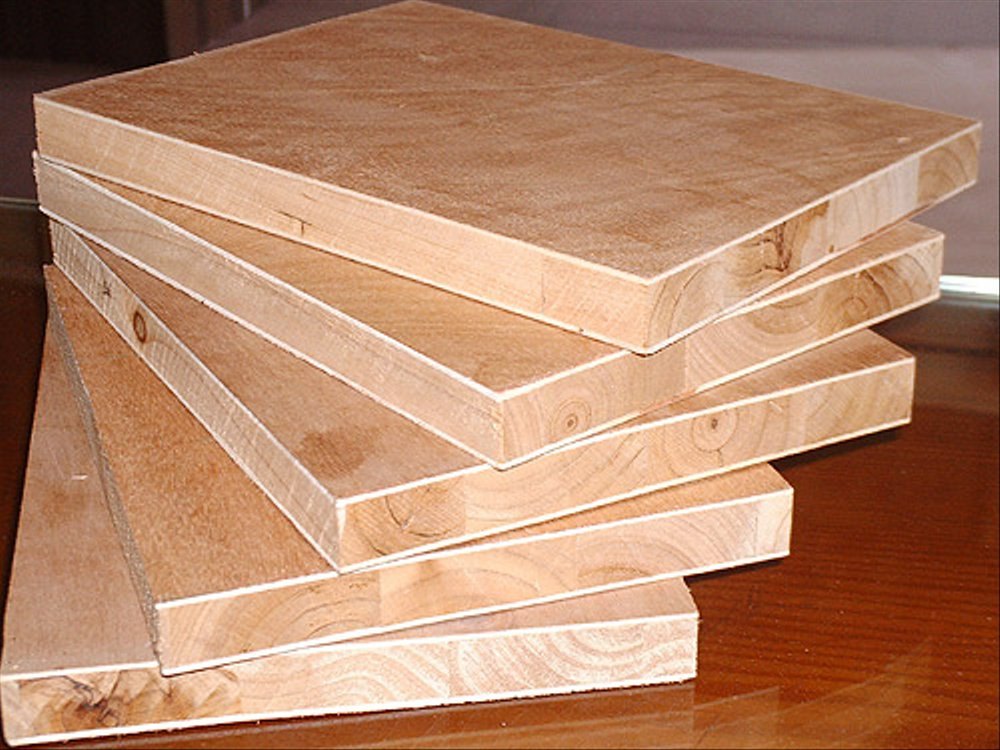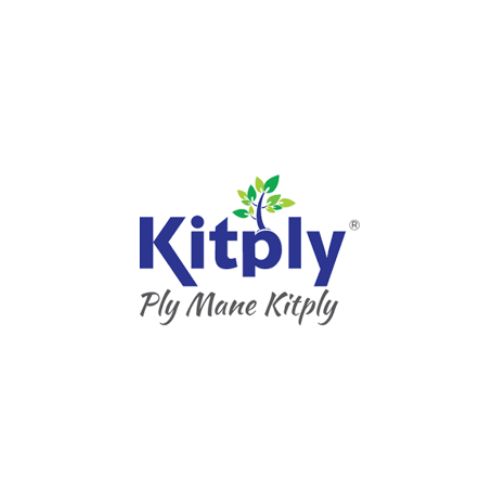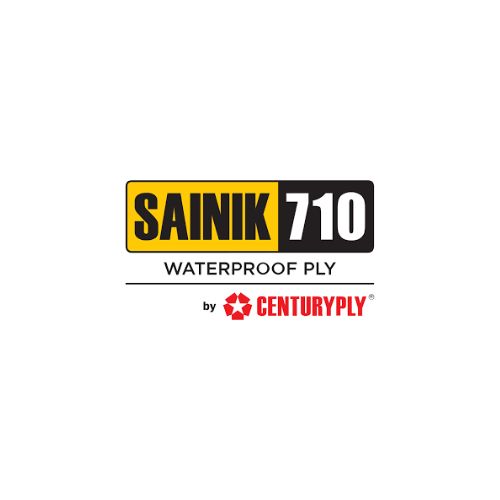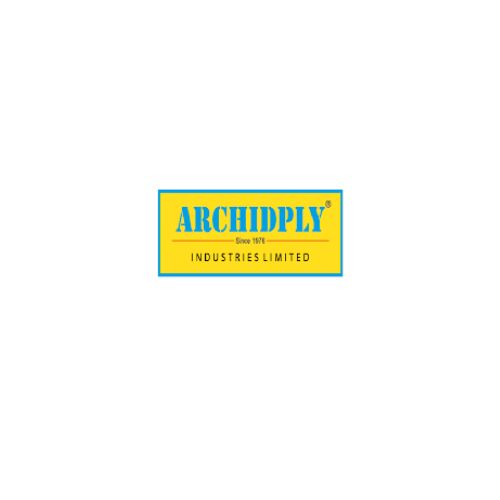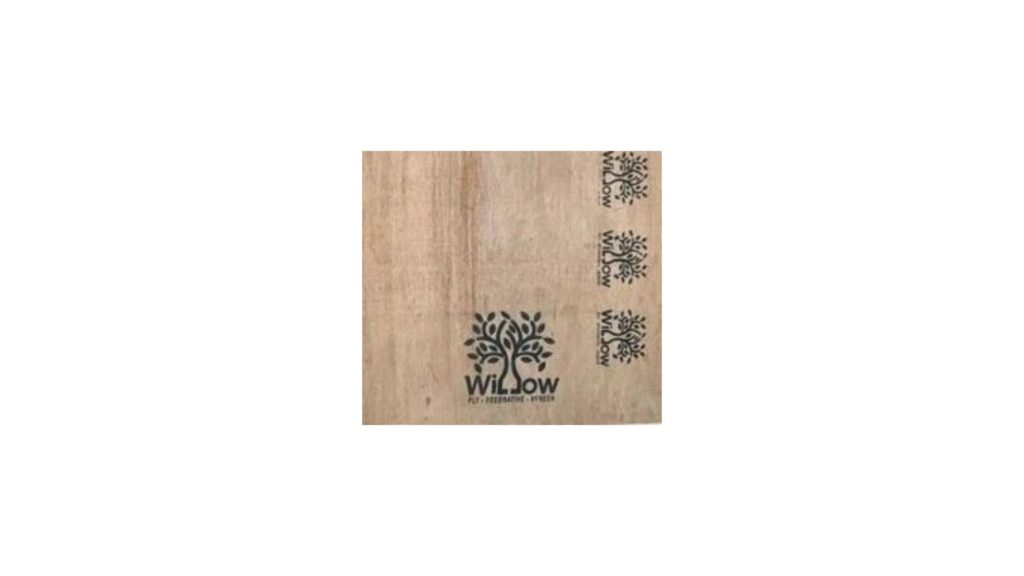Why Block Boards Are Perfect for Interior Projects
When selecting materials for interior projects, They provide the durability, stability, and cost-effectiveness every designer seeks. Moreover, commonly used in furniture, doors, and wall panels, block boards from brands like Kitply, Century Ply, Sainik 710, Greenply, Archidply, and Willow offer quality that lasts. But why are They such a great choice for interiors? Let’s explore their structure, benefits, and ideal uses.
What Are Block Boards?
They are engineered wood panels featuring a solid core of softwood strips sandwiched between layers of plywood or veneer. Because of this structure, which is bonded with adhesive under high pressure, the result is a sturdy panel that resists warping and bending. In contrast to plywood, which uses thin sheets, block boards are thicker and stronger. As a result, block boards are ideal for applications where durability is essential.
Key Benefits
Excellent Strength and Stability: For one, block boards are highly resistant to bending, particularly over long surfaces. This makes them perfect for shelves, cabinets, and doors, where durability and reliability are crucial.
Lightweight and Easy to Work With: Compared to solid wood, block boards are lightweight. Thus, they’re easier to transport, cut, and install—making them a great choice for carpenters and DIY projects alike.
Cost-Effective: They are usually more affordable than solid wood, yet they deliver similar strength and aesthetic appeal. So, for projects on a budget, They are an excellent choice without sacrificing quality.
Warp Resistance: Thanks to their solid core, block boards resist warping even in varying temperatures and humidity. Consequently, they’re ideal for doors and wall panels, where stability matters most.
Versatile Aesthetic Options: They come in many finishes and can be customized with veneer or laminate. Whether you prefer a wood grain look or a modern laminate design, They can match any style.
Popular Brands
In India, several trusted brands includes:
- Century Ply: Known for strength and quality, Century Ply boards offer durability for long-lasting furniture and paneling.
- Greenply: A versatile option, suitable for various interior applications.
- Kitply: Offers affordable, lightweight block boards for many different uses.
- Sainik 710: Budget-friendly yet highly resilient, making it ideal for furniture.
- Archidply: Offers warp-resistant block boards, perfect for doors and shelves.
- Willow: Known for their solid, reliable block boards, suitable for heavy-duty uses.
Ideal Applications
Thanks to their unique composition, block boards are suitable for a wide range of interior applications:
Furniture Construction: They are widely used in furniture, such as tables, beds, and shelves. Because of their lightweight nature and solid core, they’re easy to work with and ideal for functional designs.
Doors and Partitions: They are especially popular in flush doors, providing stability and durability. Additionally, they’re ideal for office partitions, where warp resistance is a priority.
Cabinetry and Shelving: From cabinets to wardrobes, They offer both a sturdy structure and an aesthetic appeal. Plus, they’re durable enough to hold a good amount of weight without bending.
Wall Panels and Cladding: They work well as wall panels due to their smooth, stable surface, which can be finished with paint or laminate to suit any decor.
Countertops: When finished with a high-quality laminate, They provide a stable, affordable alternative to solid wood for countertops.
Maintenance Tips
Block boards are easy to maintain and will last longer with these tips:
- Regular Cleaning: Dust the surface and occasionally wipe with a damp cloth. However, avoid soaking the board to prevent moisture absorption.
- Avoid Water Exposure: While moisture-resistant, block boards aren’t waterproof. Thus, keep them away from water to maintain their structure.
- Use Mild Cleaners: Avoid harsh chemicals and abrasives to keep the surface finish intact.
Block Boards vs. Plywood
Strength and Stability: Moreover, block boards are less prone to bending, especially in long pieces, whereas plywood offers flexibility but may warp over time.
Cost: They are typically more affordable, which makes them budget-friendly for large projects.
Weight: Lighter than plywood, They are easier to handle and install.
Applications: While plywood works for both interior and exterior use, They are preferred for indoor settings where stability is crucial.
Why Choose Them?
With their unique blend of durability, cost-efficiency, and ease of use, They are ideal for interior projects. Whether you need stylish furniture or durable wall panels, They offer a solution that meets both aesthetic and functional needs. Because they allow flexibility in finishes, you can achieve a custom look without exceeding your budget. For any home or commercial interior, block boards are a practical, stylish, and cost-effective choice.
